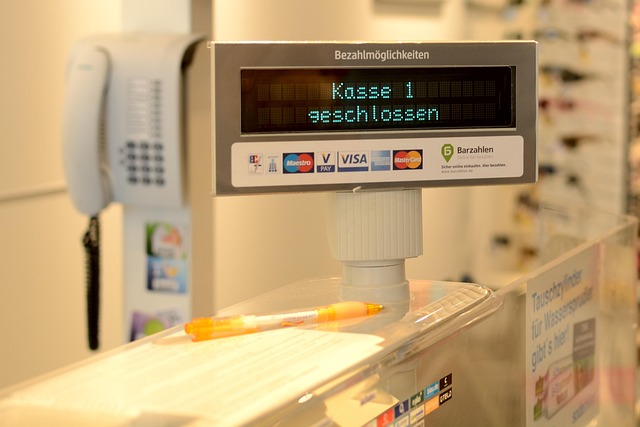Car title loan statistics reveal a rising default rate, driven by economic downturns and borrower underestimation of financial obligations. Variations in default rates across vehicle types highlight the need for customized lending practices. Repossession trends are influenced by consumer behavior, prompting lenders to strengthen credit checks, enhance customer education, and implement proactive risk management strategies to minimize defaults and repossessions, fostering a healthier lending environment.
Car title loans, a form of secured lending, have seen increasing interest in recent years. Analyzing car title loan default rates reveals troubling trends that lead to repossessions. This article delves into these statistics, exploring the impact on lenders and consumer behavior. We examine recovery trends, providing insights crucial for both financial institutions and borrowers. By understanding these car title loan statistics, we can better navigate this dynamic market segment.
- Analyzing Car Title Loan Default Rates
- The Impact of Repossession on Lenders
- Consumer Behavior and Recovery Trends
Analyzing Car Title Loan Default Rates

Analyzing Car Title Loan default rates provides valuable insights into the financial health and risk associated with this type of lending. According to recent car title loan statistics, default rates have been steadily increasing over the past few years. This trend is concerning, as it suggests that borrowers are increasingly unable to repay their loans on time. Several factors contribute to these defaults, including economic downturns, unexpected life events, and inadequate financial planning.
Car title loan statistics also reveal a stark contrast between default rates across different vehicle types. For instance, personal car loans have higher default rates compared to semi truck loans, which are often considered more secure due to their collateral value. This disparity highlights the importance of understanding borrower profiles and tailoring lending practices to mitigate risks, especially in the context of quick funding and secured loans.
The Impact of Repossession on Lenders

Repossession is a significant aspect of the car title loan industry that cannot be overlooked, as it has a direct impact on lenders and borrowers alike. When a borrower fails to make their loan payments as agreed upon in the Title Loan Process, the lender may initiate the repossession of the secured asset—the vehicle. This event can lead to substantial financial losses for lenders, especially if the car title loan statistics reveal a high default rate. Lenders must consider the potential risks associated with non-payment and employ robust credit check mechanisms to mitigate these losses.
The impact extends beyond financial consequences; it also affects the overall health of the lending market. High repossession rates can indicate weak borrowing habits or economic struggles among borrowers, which may prompt lenders to reassess their risk management strategies. Additionally, it encourages the development of more stringent loan payoff plans and improved customer education to prevent future defaults, ensuring a more stable and sustainable car title loan environment.
Consumer Behavior and Recovery Trends

In the realm of car title loans, consumer behavior plays a pivotal role in shaping repossession trends, as evidenced by recent Car Title Loan Statistics. Many borrowers often underestimate the financial commitment involved, leading to delinquencies and ultimately, repossessions. However, an intriguing trend emerges when examining loan payoff behaviors—a significant portion of borrowers demonstrate recovery patterns, successfully repaying their loans on time. This positive development suggests that while initial defaults are concerning, proactive measures can be taken to mitigate risks and encourage responsible borrowing.
The Title Loan Process serves as a crucial safety net for lenders, allowing them to secure vehicle collateral in case of default. Despite this safeguard, lenders are increasingly focusing on consumer education and financial literacy programs to prevent borrowers from falling into the trap of long-term debt. By promoting understanding of loan terms and encouraging responsible spending habits, lenders can foster a healthier lending environment, where borrowers are equipped to manage their loans effectively, thereby reducing repossession rates and fostering positive recovery trends.
Car title loan statistics reveal concerning repossession trends, with default rates rising and consumer recovery efforts varying. Lenders face significant impacts, from financial losses to reputational damage. Understanding these patterns is crucial for navigating the challenges and opportunities within this sector. By analyzing default rates, assessing the effects on lenders, and monitoring consumer behavior, industry professionals can adapt strategies to mitigate risks and better support borrowers.






